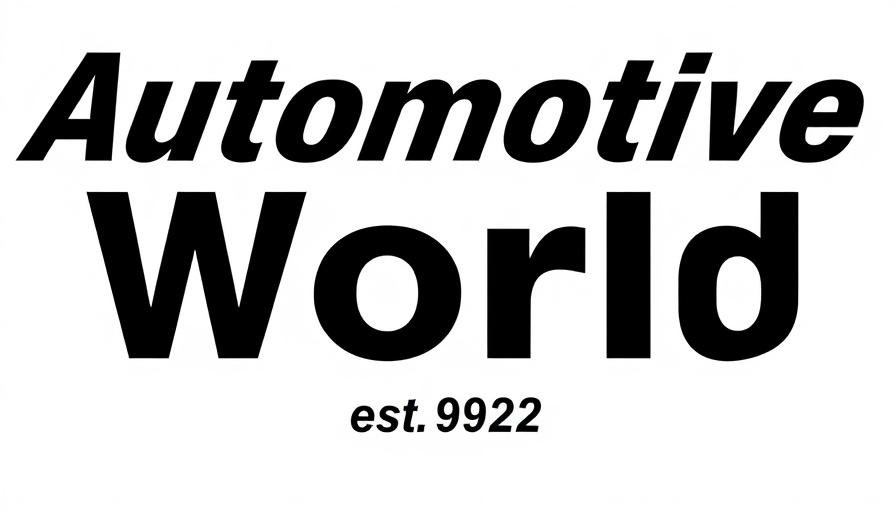
Subaru Expands its Digital Frontier
In a significant move, Subaru Corporation is ramping up its software development capabilities with the expansion of its "SUBARU Lab." This AI development center is evolving to cater to broader software needs, opening up a second office in WeWork Shibuya Scramble Square as of February 2025. Dubbed a dual base operation, the lab seeks to enhance the integration of sophisticated software with vehicle hardware, focusing on personalization to meet modern drivers' expectations.
The Evolution of Subaru Lab
Initially launched in 2020, the original SUBARU Lab in H¹O Shibuya 3-chome focused on AI development. The latest move to establish a second site underlines Subaru's commitment to adapting to technological advancements. This two-pronged approach signifies the company’s ambition to lead in the automotive industry's shift towards CASE (Connected, Autonomous, Shared, and Electric) vehicles.
Enhancing Competitiveness Through Talent Acquisition
With its new strategic location in a tech-rich area, Subaru Lab aims to attract top talent in AI and software development. Shibuya serves as a bustling hub for tech professionals, fostering an environment ripe for collaboration. This expansion will facilitate the convergence of ideas from various fields, boosting innovation within Subaru and enhancing its competitive edge in the market.
Focus on Value Creation
Subaru emphasizes delivering “Enjoyment and Peace of Mind” by refining its manufacturing prowess through advanced software capabilities. The integration of cutting-edge software into their vehicles not only maximizes performance but also adds value that resonates with current consumer needs. As vehicles become smarter, Subaru aims to distinguish itself with unique offerings that enhance the consumer experience.
What This Means for Dealerships
For dealership principals and general managers, Subaru’s focus on technology translates into new opportunities. Enhanced software capabilities will likely lead to improved vehicle models that can be marketed as high-tech, appealing to digitally-savvy consumers. As dealership operations adapt to offer these advanced products, maintaining a conversation around such innovations can create stronger rapport with potential customers.
Looking Ahead: Trends in Automotive Software
The expansion of SUBARU Lab reflects a broader trend in the automotive industry, wherein software becomes a key differentiator for car manufacturers. With a focus on both hardware and software excellence, players like Subaru position themselves for future shifts towards electric and autonomous types of mobility. As these technologies develop, continued collaboration within tech hubs like Shibuya could yield groundbreaking advancements.
As Subaru embarks on this journey of digital transformation, its investments in software development signal a clear intention to innovate for the future. Dealerships that align their offerings with these upcoming shifts are likely to thrive in an ever-evolving market.
 Add Row
Add Row  Add
Add 




Write A Comment